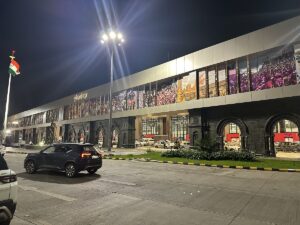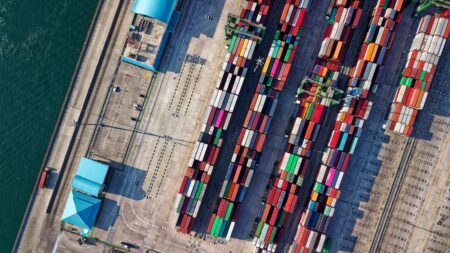The Indian cold supply chain industry has rapidly grown, especially post-COVID. In 2021, the Indian cold chain logistics market was valued at $24.62 Billion, and it is expected to reach $53.07 billion by 2027, growing at a CAGR of 13.66 per cent from 2021 to 2027. However, currently, the cold supply chain sector is highly fragmented and marred with severe challenges, leading to the wastage of 40 per cent of the over 400 million MT of perishable food! And according to the Associated Chamber of Commerce, our post-harvest losses amount to a whopping $14 billion!
While the government has prioritised logistics as a sector, a renewed and closer examination of the cold supply chain would benefit in reducing losses and improving the hunger index while also empowering the agriculture, food and dairy, processed food, pharmaceutical, and healthcare sectors.Listed here are a few points that, if considered in the Union Budget 2023–24, would go a long way in creating a robust, seamless, and effective cold supply chain network:
- Capital support and foreign direct investment (FDI) for technology adoption: The huge capital investment required for digital adoption in the cold supply chain sector, is a massive challenge. With provisions for FDI and/or capital support, it will be easier to bring in the best tech innovations that can be applied across the cold supply chain and truly empower all stakeholders to embrace smart technology.
- Tax breaks or subsidies for critical cold storage: temperature-controlled warehousing is an expensive but critical aspect of the cold supply chain, and many logistic service providers, farmers, and intermediary stakeholders end up compromising product quality due to a lack of access to efficient cold storage. Subsidies focused on the unique cold storage needs of sectors like fresh foods, dairy, meat, and other frozen and processed foods, as well as pharma products and intermediaries, would go a long way
- A country fighting high hunger cannot afford to lose 40 per cent of its food due to logistics issues. Healthy public-private partnerships can facilitate easier access to effective cold supply chain infrastructure, which can help farmers and the government drive efficient food distribution and improve product quality.











